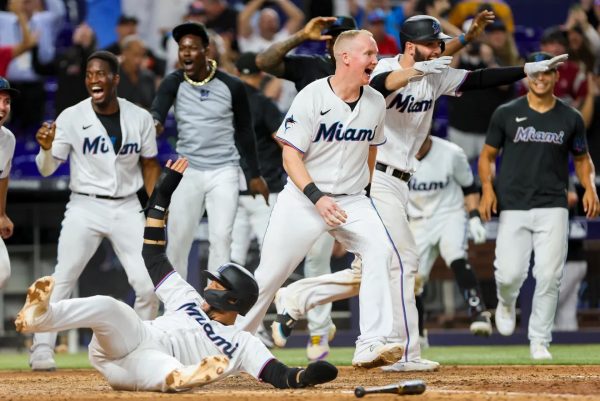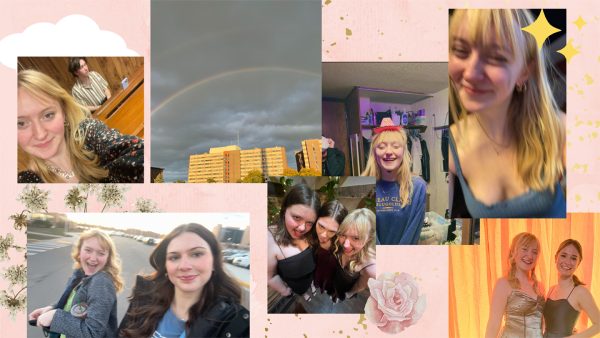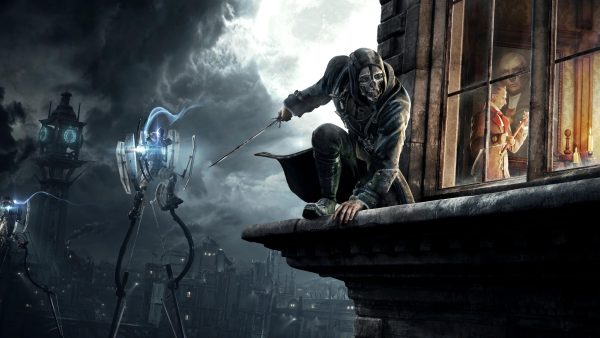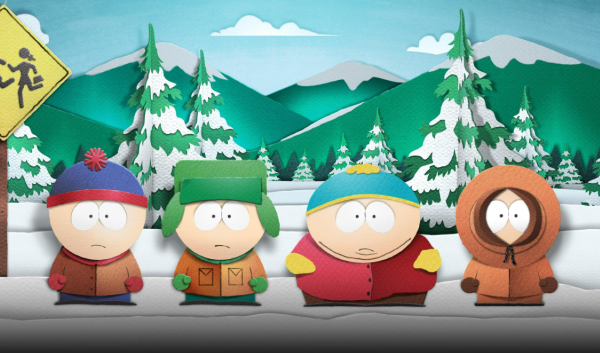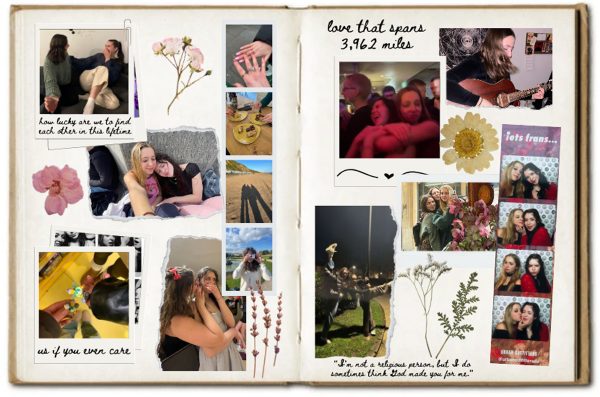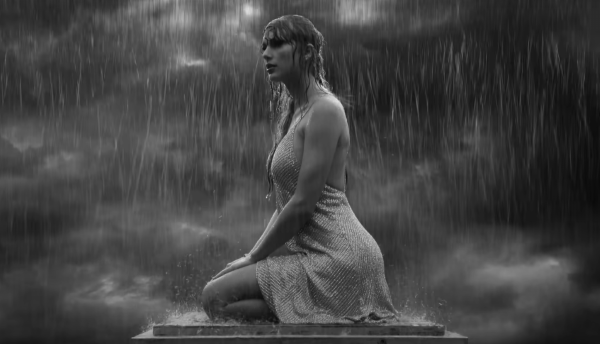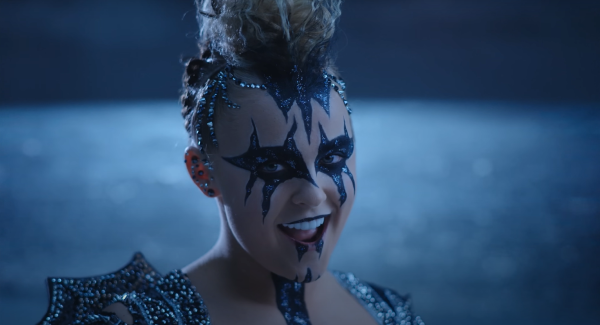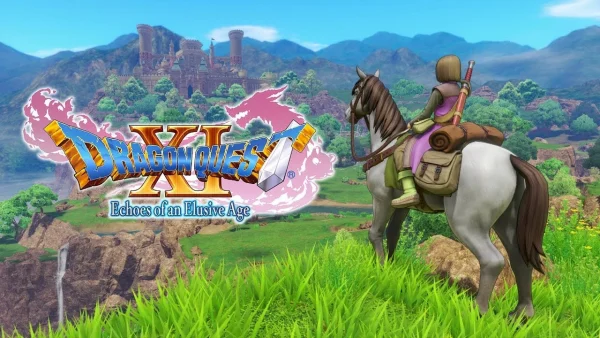Bookclub
An English student’s take on manga
Unless you’ve been living under a rock for the last few years, you’ve probably heard of manga before — or Japanese graphic novels, for those of you who haven’t.
Even if no one in your close circle dabbles in either manga or anime, there’s a chance you’ve still heard of titles like “Attack on Titan,” “Naruto” and “Sailor Moon.” With manga sales on the rise in the U.S., it’s hard not to hear about them.
I distinctly remember something my manager at Barnes & Noble told me while giving the royal tour of the store when I first got hired: that the manga section had tripled in size since she had started working there 20 years ago.
She, of course, pronounced it like “mango,” which is very wrong (here is the right way) and spoke about the growing section as though she’d bitten into an orange, tropical fruit only to find her mouth full of black-and-white comic book pages that read right-to-left.
But my former manager is not the only one who has this reaction. I’ve had many older customers — ranging from millennials to absolute ancient geezers — wrinkle their noses and grumble something about how kids these days are losing the ability to read, that they’re just pictures.
There are even, and it pains me to say this, folks studying English who think similarly.
To this, I say, hey, what?
Having worked at multiple bookstores in my day, I’ve seen people buy many questionable books: “Mein Kampf,” plastic-wrapped magazines with naked women on the cover, “Dune” — all items I try to touch as little as possible during checkout.
But something I’ve learned — and bear with me here, this next part gets a little wild — is that it’s not my business. Like, at all.
It’s astonishing, really.
I can say with great confidence that the people shooting down manga have never — not once — tried reading it before. I’m not saying it’s for everyone, but the same goes for novels. I compared “Dune” to “Mein Kampf” earlier, for crying out loud (which might be a bit extreme, I admit).
But like classic western literature, manga also has subgenres, the most popular of them being shonen, shoujo and the notorious “18-plus content.”
Shonen
Manga that falls under the “shonen” genre contain externally driven, adventure-packed plots that typically are targeted at teen boys. Popular shonen include “Naruto,” “Attack on Titan,” “Jujutsu Kaisen,” “One Piece,” “Dragon Ball Z” and many more.
It is not to say, however, that shonen is limited to just guys — I’ve read and watched a bit of shonen myself and do enjoy it from time to time. “Hunter X Hunter” is pretty good, but Kurapika is now drowning in an indescribable emptiness and I should probably check in on the poor guy.
(Also, and I’m sorry to do this to you, but “Jujitsu Kaisen” is essentially the Japanese version of The Mortal Instruments series by Cassandra Claire. I said what I said.)
Shoujo
Shoujo, conversely, is manga targeted at teen girls. These focus more on relationships and internally driven plots. Some well-known shoujo include “Orange,” “Kaichou Wa Maid-Sama!,” “Ouran High School Host Club,” “Fruits Basket” and “Yona of the Dawn.”
These tend to be feel-good stories (although, I do hear that “Fruits Basket” is a tear-jerker) and are great for when you’re feeling under the weather or want a chill night in.
18 plus content and fan service
I would be remiss to skip over the elephant in the room — or, elephants in the room.
An undeniable characteristic of both manga and anime is the concept of fan service — added material with the sole purpose of exciting the reader or viewer in a sexual way that does little to nothing to aid the plot.
Fan service is hard to miss, and is often portrayed in the hypersexualization of women, although it exists in all forms of manga and anime — regardless of whether it’s shonen, shoujo or anything else.
This is what most think of first when it comes to manga, and it is a very real thing, which I can’t deny. Fan service can be harmful, puts a bad taste in my mouth and makes shelving at Books-A-Million difficult at times.
But when all is said and done, as long as what you’re reading isn’t hurting others, do what you want. I just bought “I Want to Eat Your Pancreas” — another sob story, so I’m told — and I’m looking forward to it.
Read on, friends, be it graphic novels or regular ones.
Schutte can be reached at [email protected].

Grace Schutte is a fourth-year creative writing and Spanish student. This is her fifth semester on staff, having previously served as a staff writer, Chief Copy Editor, a freelance writer, Currents Editor, and now as the OP/ED Editor. She is currently daydreaming about living softly. She is very content.


